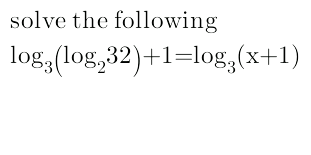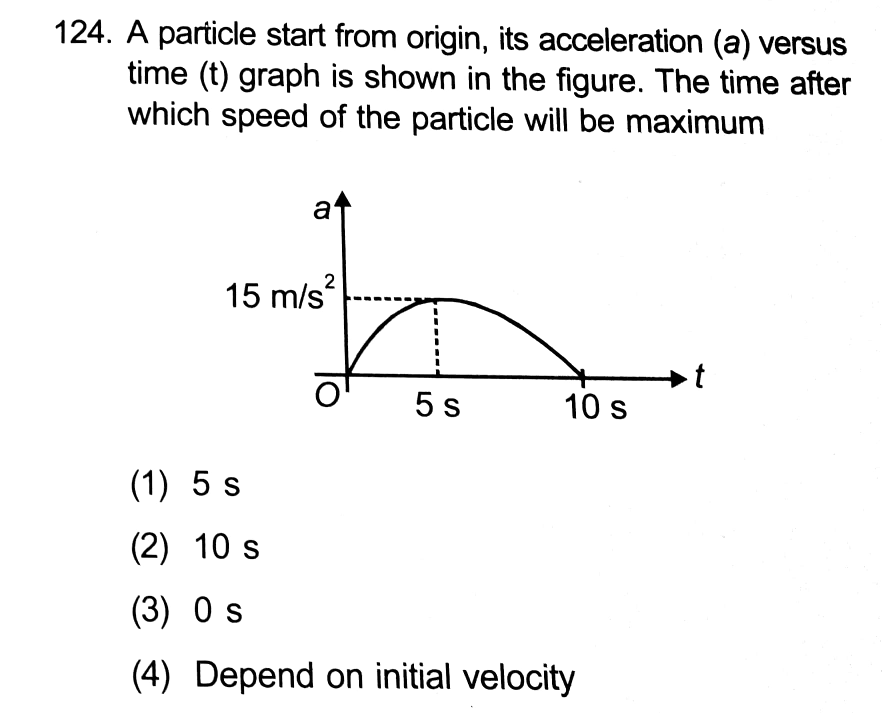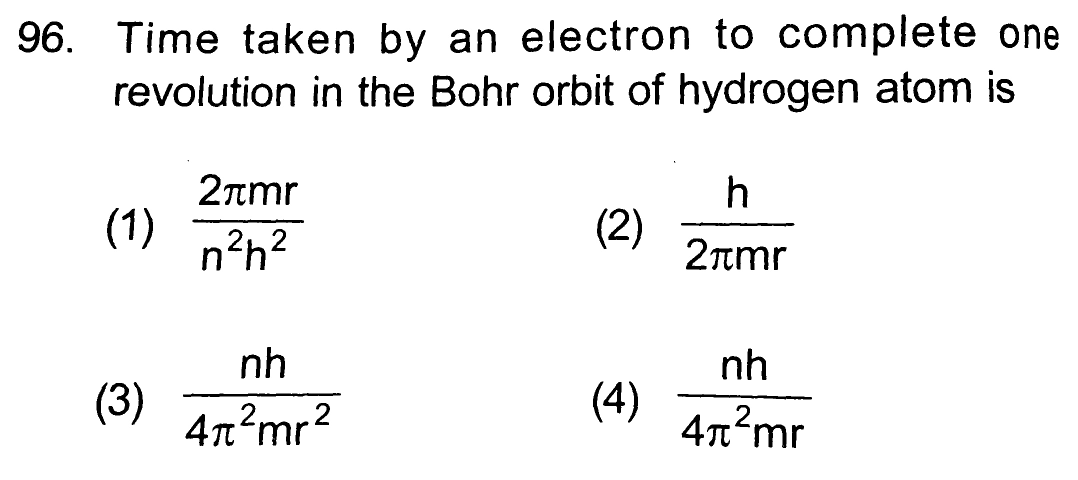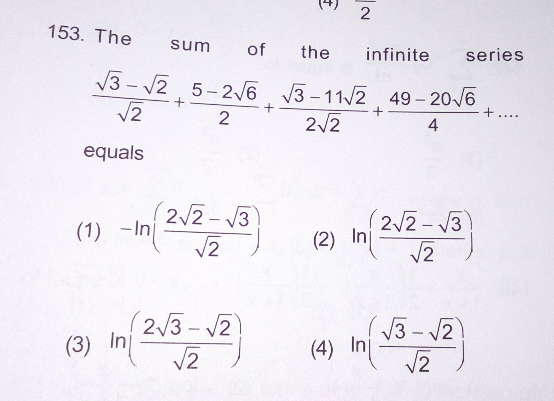
AllQuestion and Answers: Page 1786
Question Number 31016 Answers: 1 Comments: 0
Question Number 31017 Answers: 1 Comments: 0
Question Number 31148 Answers: 1 Comments: 1
Question Number 31147 Answers: 1 Comments: 0
Question Number 31145 Answers: 1 Comments: 0
Question Number 31144 Answers: 0 Comments: 2
Question Number 31143 Answers: 1 Comments: 0
Question Number 31141 Answers: 1 Comments: 0
Question Number 31004 Answers: 1 Comments: 0

Question Number 31003 Answers: 1 Comments: 0
Question Number 30994 Answers: 0 Comments: 3

Question Number 30990 Answers: 1 Comments: 0

Question Number 30984 Answers: 0 Comments: 3

Question Number 30986 Answers: 1 Comments: 0

Question Number 30961 Answers: 0 Comments: 13

Question Number 30958 Answers: 1 Comments: 4

Question Number 30957 Answers: 1 Comments: 0

Question Number 30956 Answers: 1 Comments: 0

Question Number 30939 Answers: 1 Comments: 0
Question Number 30936 Answers: 0 Comments: 0
Question Number 30933 Answers: 1 Comments: 0

Question Number 30929 Answers: 2 Comments: 1
Question Number 30918 Answers: 1 Comments: 0

Question Number 30917 Answers: 0 Comments: 0

Question Number 30916 Answers: 1 Comments: 1

Question Number 30913 Answers: 0 Comments: 0

Pg 1781 Pg 1782 Pg 1783 Pg 1784 Pg 1785 Pg 1786 Pg 1787 Pg 1788 Pg 1789 Pg 1790
